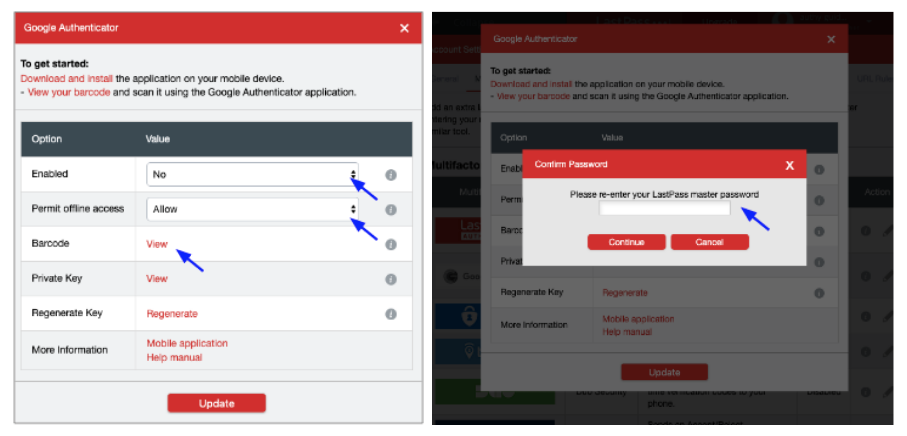

The offline multi-factor works with any Time-based OTP generator app like Google Authenticator, Authy or PortalGuard's own mobile app. The new version of the PortalGuard Desktop now supports multi-factor authentication even when your PortalGuard server is unavailable on the network. Considering that 2FA is employed to increase security, the original design decision was to fail "closed" if the PortalGuard server could not be reached over the network. One historical limitation of the PortalGuard Desktop 2FA implementation is its dependency on real-time access to the PortalGuard web server. Only when these are all satisfied will the PG Desktop allow the user to logon to the Windows machine. If multi-factor is required, have they provided a valid 2 nd factor?.Is the user required perform multi-factor for a Windows logon?.
#Authy desktop offline password
Is the provided username and password correct in Active Directory?.Communicating with the PortalGuard web server determines the following: A Credential Provider filter ensures that other Credential Providers (including the standard Microsoft version that allows login with username and password only) are suppressed and not available options for the user. A custom Credential Provider is responsible for both collecting the user credentials (username, password and One-Time Passcode/OTP when required), making these HTTPS callouts and interpreting the responses. The PortalGuard Desktop 2FA utilizes real-time HTTPS requests to your organization's PortalGuard instance.

The PortalGuard Desktop 2FA feature can allow end users to choose their own default second factor method and supports numerous options such as SMS, Google Authenticator, hardware tokens like YubiKeys or HOTP-based devices and 3 rd party solutions like Duo Security's Push offering. If a hacker is able to phish an IT username and password with access to a server and has compromised an internal jump-off point, Desktop two-factor authentication (2FA) ensures the hacker cannot successfully login to the server remotely using something like RDP since they don't also have the IT account's second factor. As an example, multiple customers have installed the PortalGuard Desktop two-factor authentication on Windows servers in their environment. As with all multi-factor initiatives, the primary use case is to increase security. PortalGuard has offered two-factor authentication for Windows workstations and servers as part of its PortalGuard Desktop offering since 2013. Why Require Two Factor for Windows Logons?


 0 kommentar(er)
0 kommentar(er)
